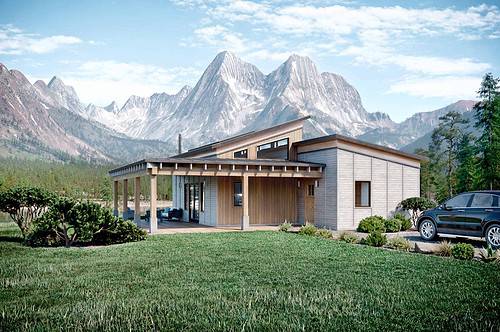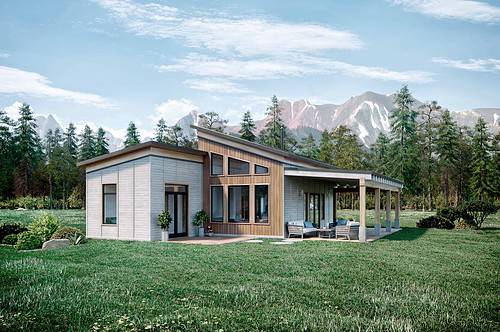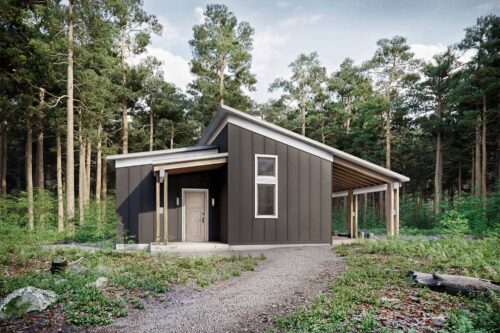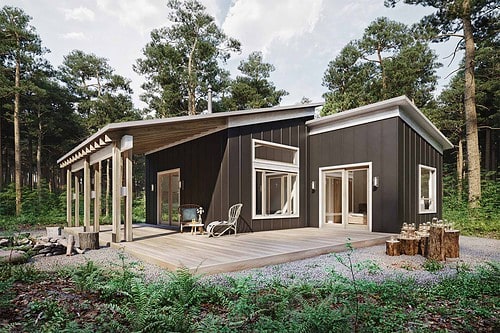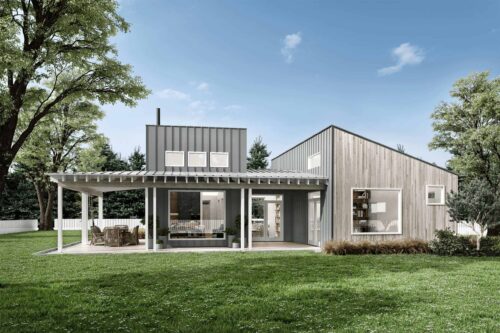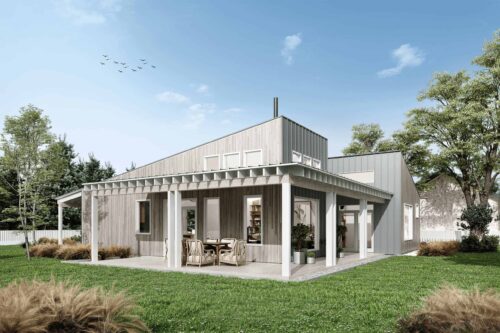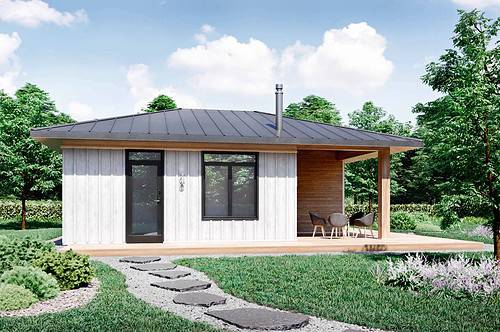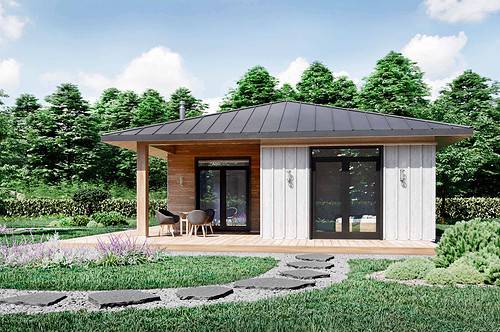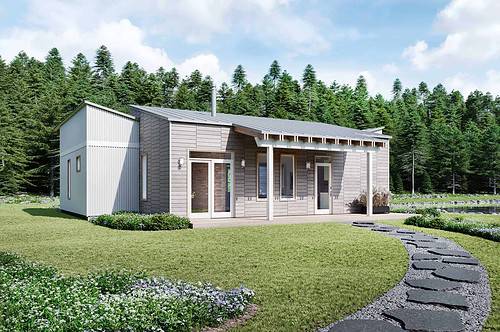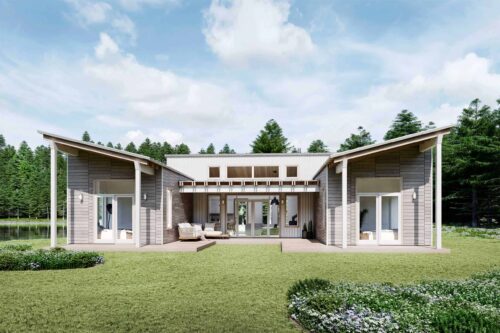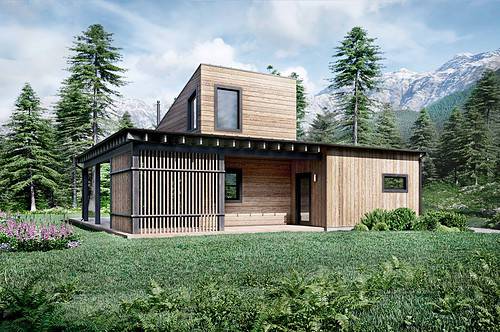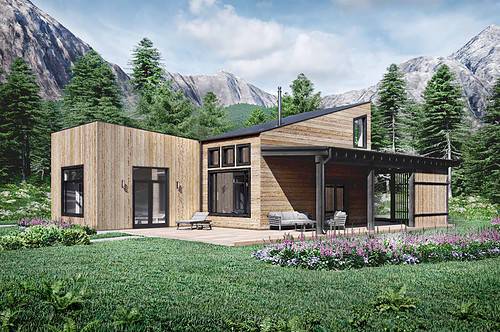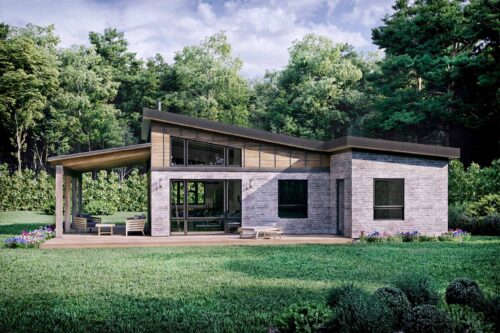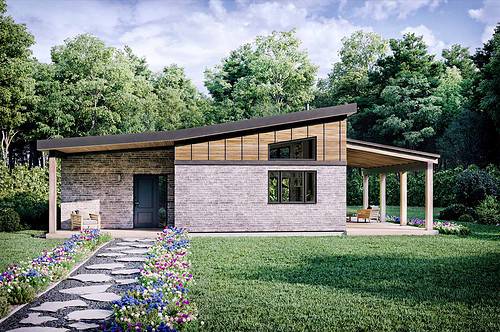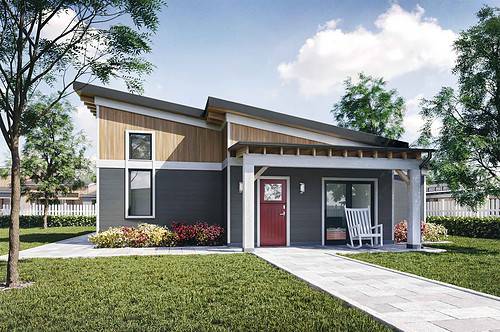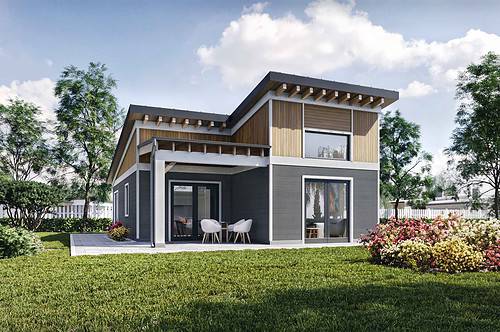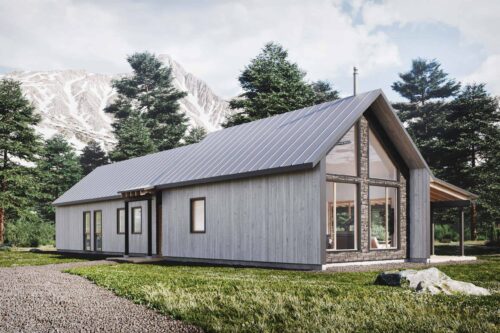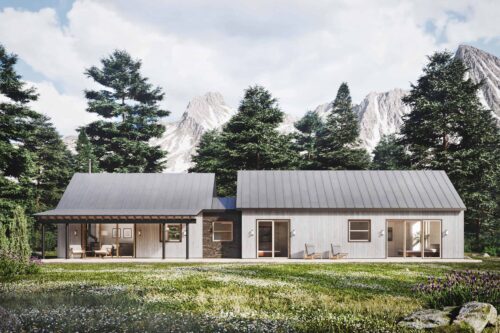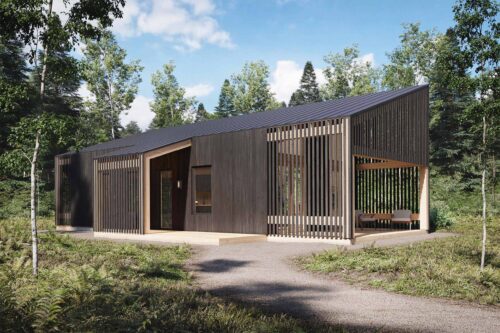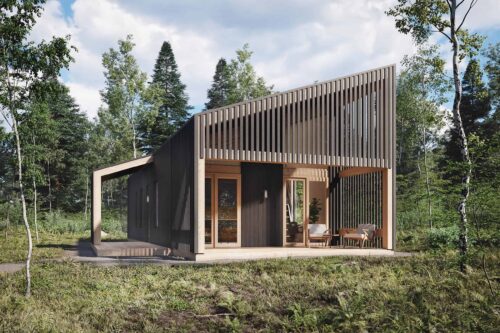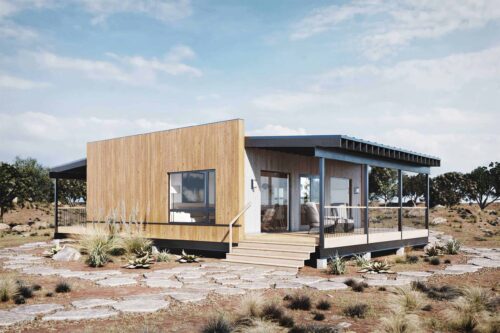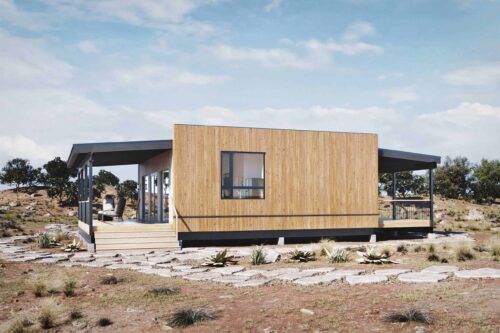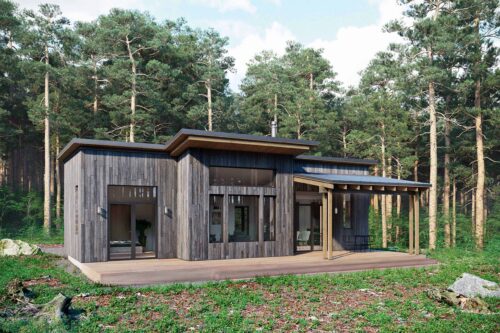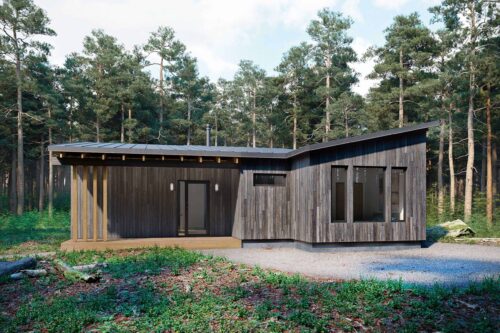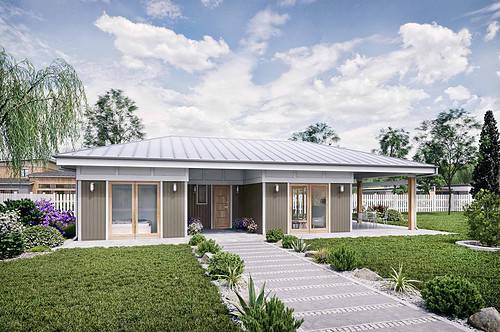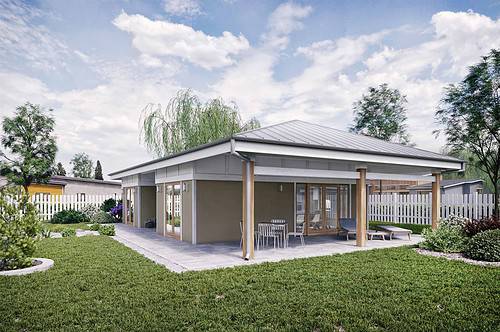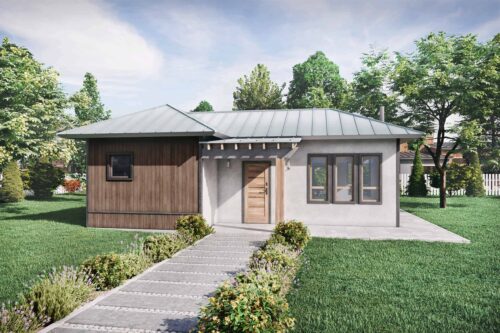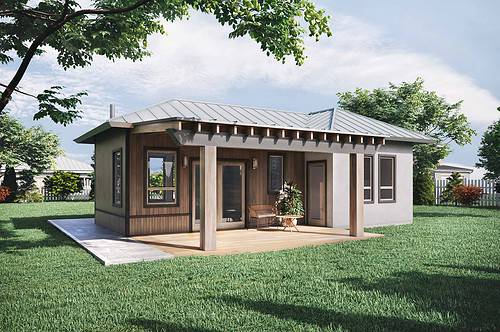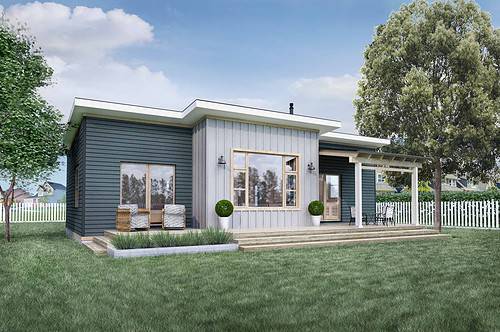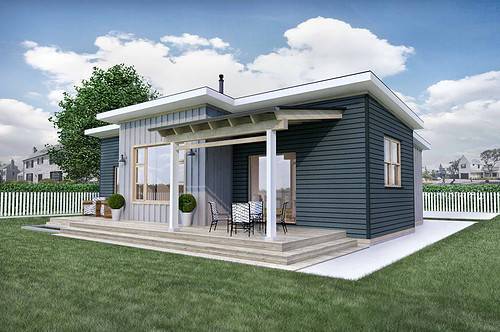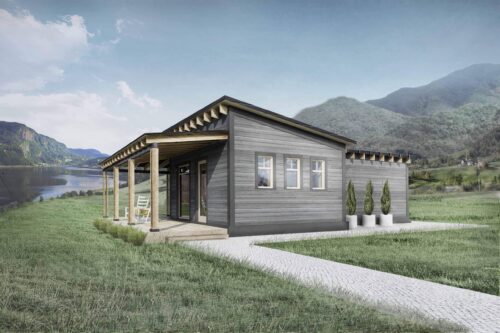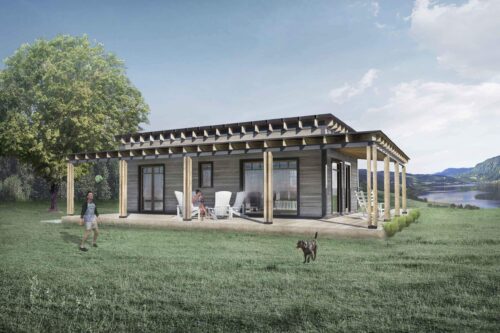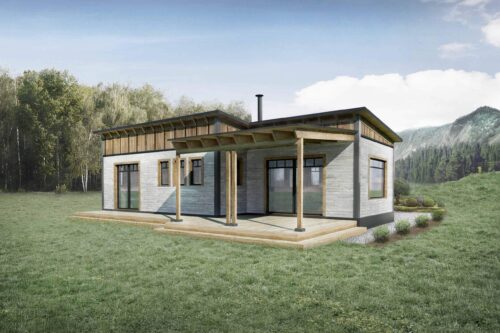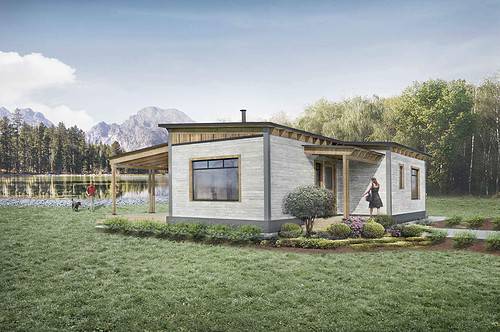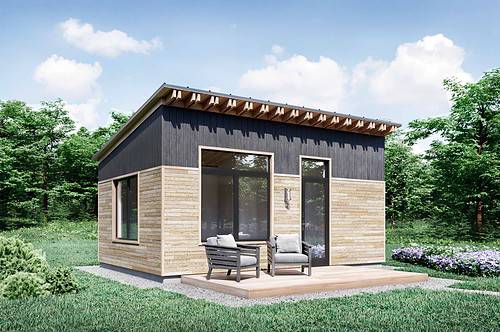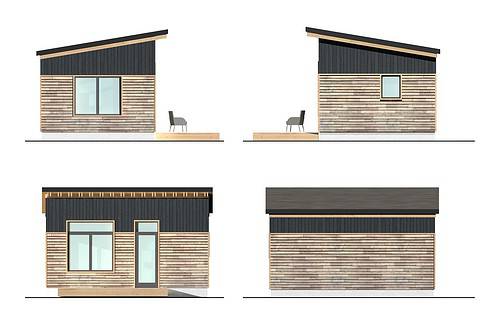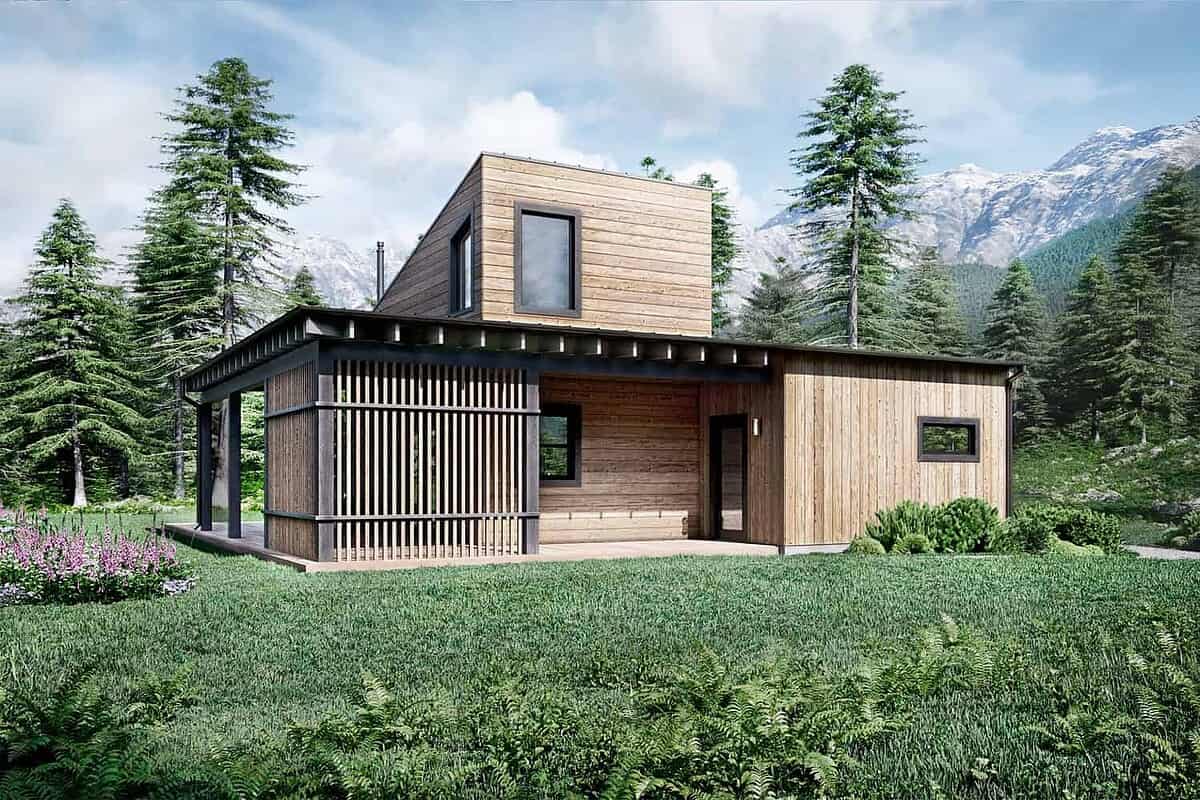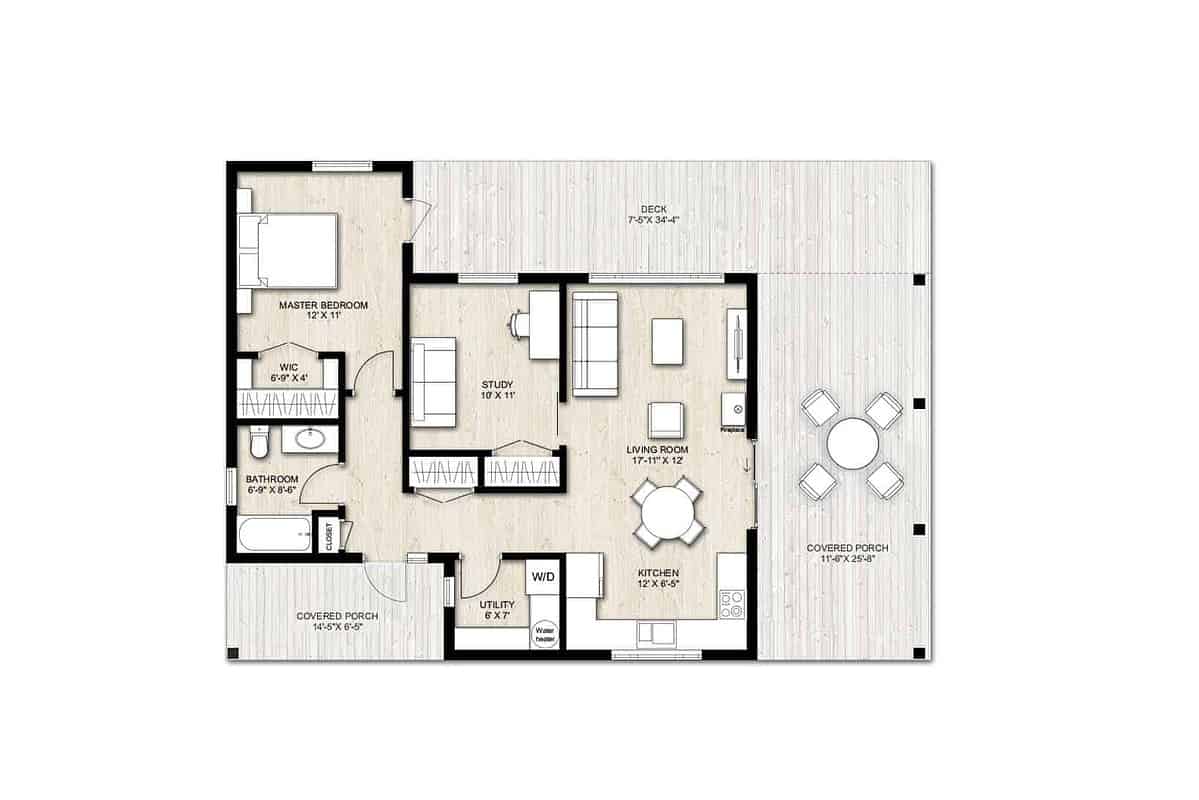No products in the cart.
Important Design Considerations for Tiny House Plans with Loft
There are a number of important design considerations that have to be made to ensure that the available space is well utilized while at the same time, creating a comfortable living environment. Below, we’ll quickly look at some of the top design considerations that our designers keep in mind when designing tiny house plans with loft.
Efficient Use of Space
Efficient use of space is critical when designing a tiny house loft plans. Every inch of the space must be utilized to its fullest potential to provide adequate living space. To achieve this, it is important to carefully consider the size and placement of furniture, storage, and other fixtures. Multi-purpose furniture, such as a sofa bed or a dining table that can fold away, can be particularly useful in the effort to maximize the use of the limited space in a tiny house.
Natural Light and Ventilation
Natural light and ventilation are critical considerations for this type of design. The use of windows and skylights can help bring in natural light and create a feeling of openness and spaciousness. Proper ventilation is also essential to maintain indoor air quality while also preventing moisture buildup. The placement and size of the windows and skylights should be carefully designed to ensure that the loft area also receives adequate lighting and ventilation.
Durable and Sustainable Materials
Choosing durable and sustainable materials is important when designing any kind of house. The materials used should be able to withstand the wear and tear of daily use and be environmentally sustainable. Some popular sustainable materials that can be considered include bamboo, reclaimed wood, and recycled metal. It is also essential to consider the maintenance and longevity factor of the materials used to ensure that the final building will stand the test of time.
Types of Lofted Tiny House Plans
Now we’ve come to the really fun part. Here at Truoba LLC, we offer a variety of small house plans with loft. These plans are designed to suit various lifestyles and design preferences. They often incorporate the latest trends in tiny house designs and can also be customized to fit client’s unique needs. Let’s now look at some of the more common plans.
Traditional Loft
A traditional loft is the most common of this type of house plans. It often has the sleeping area located in the loft above the living space. This type of plan provides a cozy and private sleeping area while maximizing the living space below. For this traditional loft, access is by way of a ladder or a staircase, depending on the design.
Split-Level Loft
A split-level loft is a variation of the traditional loft, with the sleeping area located on a separate level from the living space. This type of lofted tiny house plan provides a more spacious sleeping area, with room for a queen or king-sized bed. The split-level loft can usually be accessed by a staircase or a ladder, depending on the design.
Loft with Storage
A loft with storage is a lofted tiny house plan that incorporates storage space into the loft area. This type of plan provides additional storage space while maximizing the living space below. In most cases, the loft and storage can be accessed by a ladder or a staircase.
Loft with Office
This plan simply incorporates a workspace into the loft area. Well-suited for single professionals who work fully or partly from home, this plan provides a dedicated workspace in the loft area, freeing up more room below for the living area.
The truth is that, with perfectly designed tiny house floor plans with loft, you will be amazed at how much space will be made available for whatever is your priority.



